Faucets & Fixtures
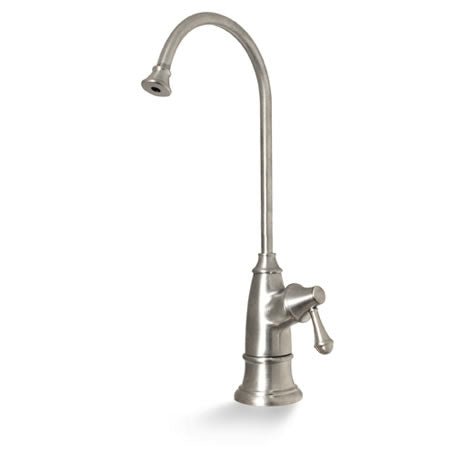
Tomlinson - RO Designer Series - Air Gap and Non Air Gap Faucet
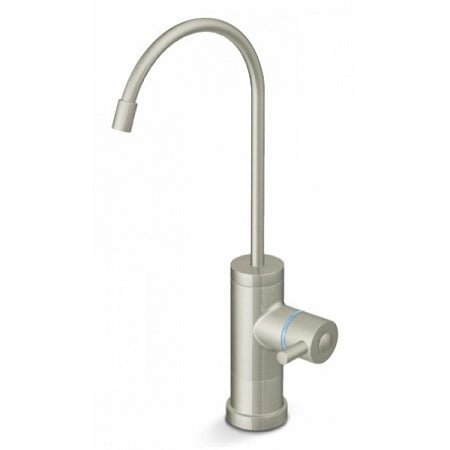
Tomlinson - Pro-Flo RO Contemporary Series - Air Gap and Non Air Gap Faucet
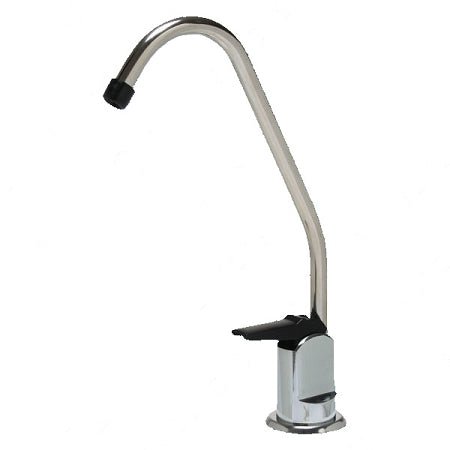
QMP (QMP102) Faucet Long Reach Non-Air Gap Faucet
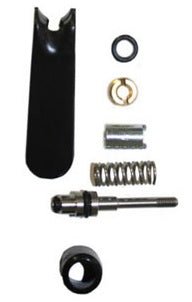
QMP (QMP519) Faucet Repair Kit
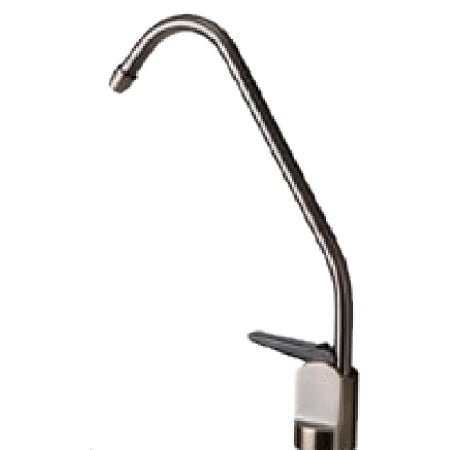
PureT - F-01 Series - Standard Long-Reach Faucet
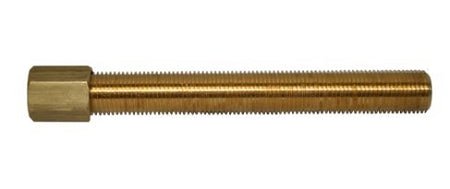
QMP (QMP100EXT) Faucet Extension Shank w- Nut
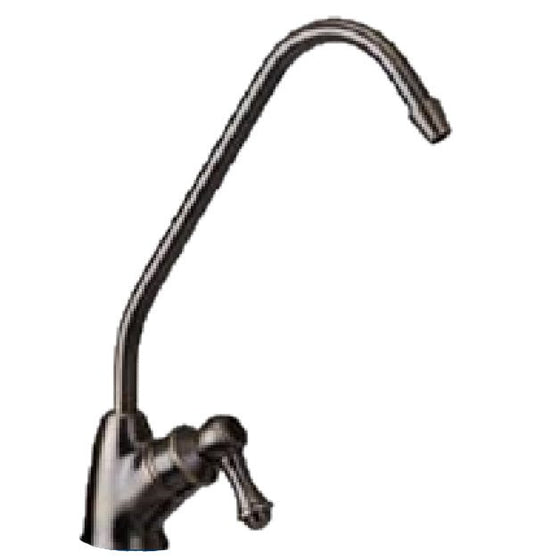
PureT - F-07 Series - Euro Style Ceramic Disk Long Reach Faucet
Reverse Osmosis Water: Faucets & Fixtures
The faucet and fittings are one of the most crucial parts of reverse osmosis water purification. A reverse osmosis system is only as good as its component elements, and the faucet and fixtures are essential to providing you and your family with clean, safe water.
Reverse osmosis: What is it?
A semi-permeable membrane is used in the reverse osmosis method of water filtration to exclude impurities like bacteria, viruses, and minerals. By applying pressure to the water, the procedure forces the water through the membrane while retaining the pollutants. Clean, safe drinking water that is devoid of dangerous toxins is the end product.
Reverse osmosis water filtration faucets and fixtures
There are a few things to think about when selecting the appropriate faucet and fittings for your reverse osmosis system. You must first choose a faucet that is appropriate for your reverse osmosis system. Certain faucets and fixtures might not function with your specific system because not all of them are created equal.
The material that the faucet and other fixtures are composed of is a further vital consideration. Due to their strength and corrosion resistance, stainless steel and chromium are the two preferred materials. Also, you should confirm that the fixtures and faucet are lead-free and NSF International certified, which guarantees they adhere to strict public health requirements.
A built-in air gap is one of the most crucial characteristics to look for in a faucet and other fixtures for reverse osmosis water purification. Physically separating the faucet from the drain with an air gap stops polluted water from returning to the system. If your reverse osmosis system is connected to a wastewater pipe, this is extremely crucial.
You might wish to take into account a faucet with a high flow rate in addition to an air gap. Having a lot of clean, safe water available when you need it is ensured by a high flow rate. Even some faucets have a built-in shut-off valve that enables you to stop the flow of water while the faucet is not in use.
Although installing a faucet and other fixtures for reverse osmosis water filtering is rather simple, it's crucial to carefully follow the manufacturer's instructions. If installing it yourself doesn't feel right, you might want to think about getting a professional plumber to handle it instead.
It's crucial to keep your faucet and fixtures clean and maintained once they are installed. Your faucet and fixtures will continue to look their best if you regularly clean them with mild soap and water. Also, it's crucial to change the reverse osmosis system's filter as directed by the manufacturer because a clogged filter can lessen the system's efficiency.






